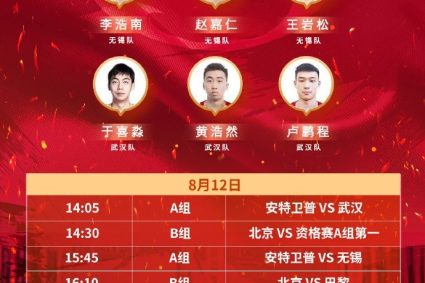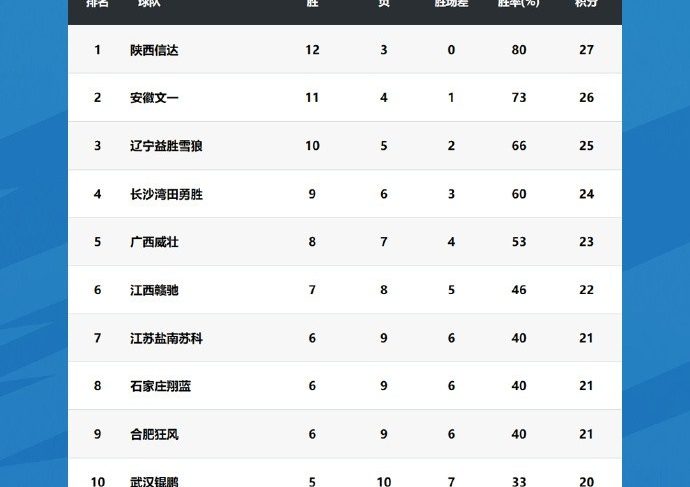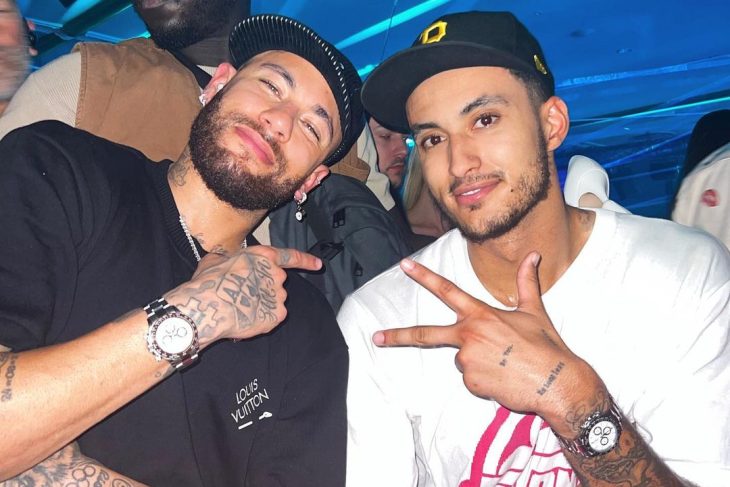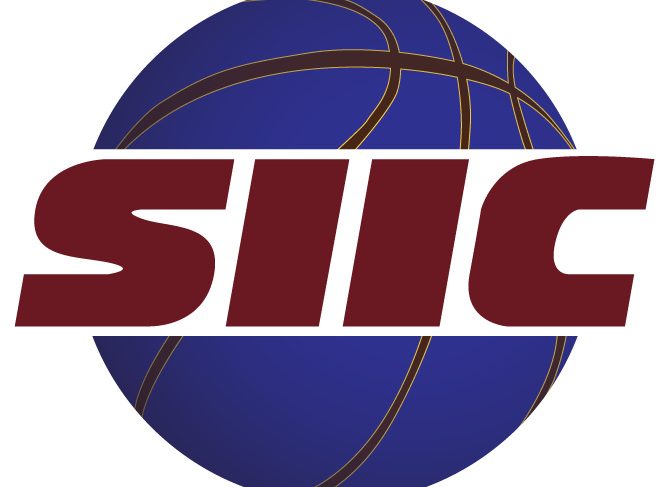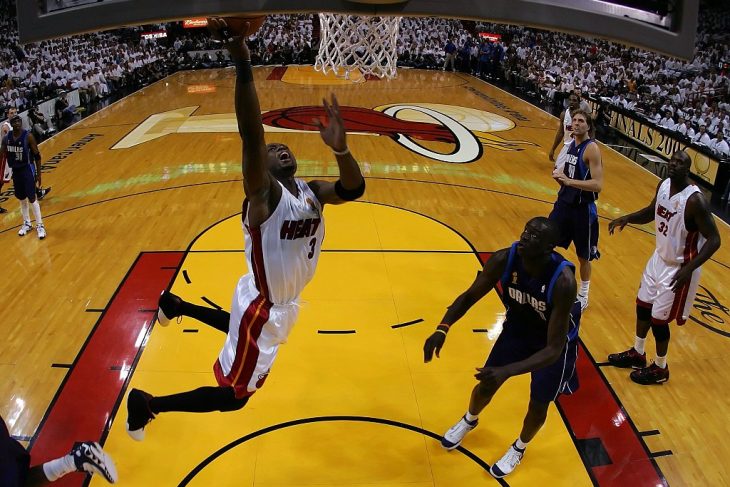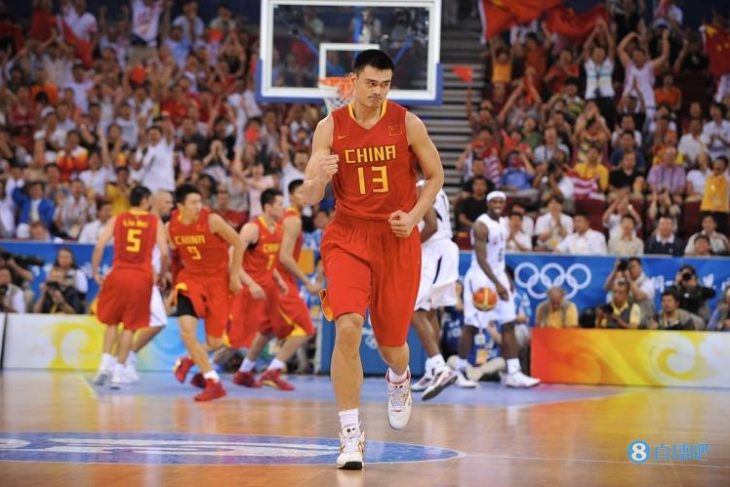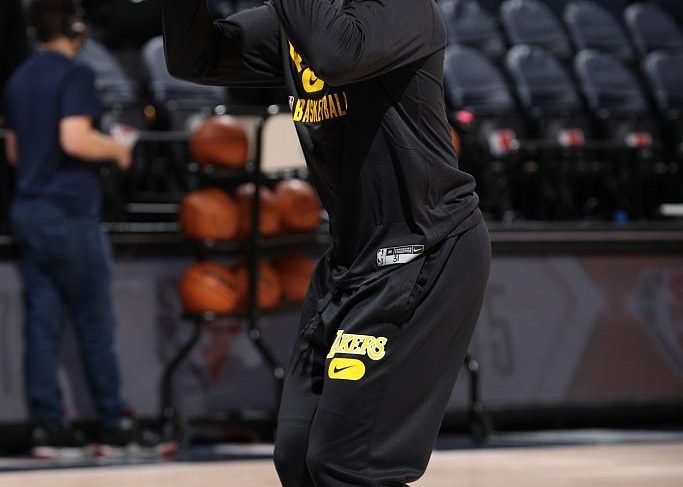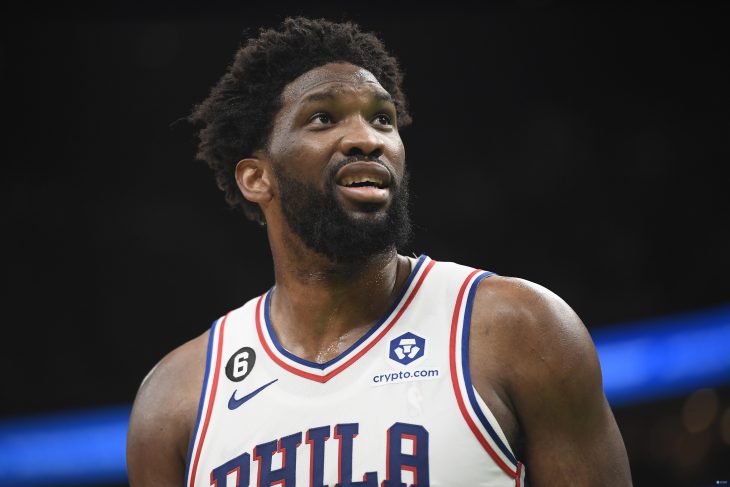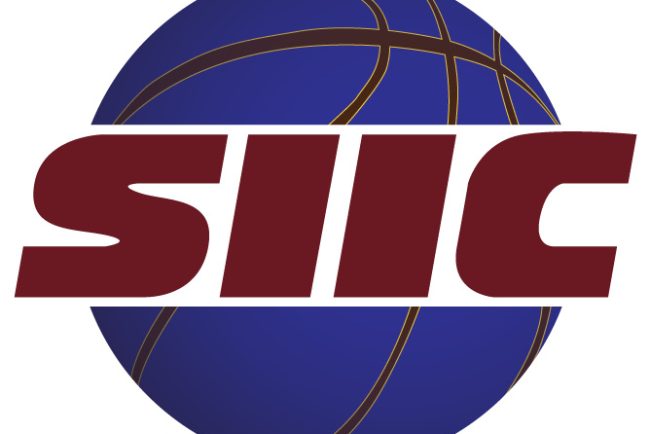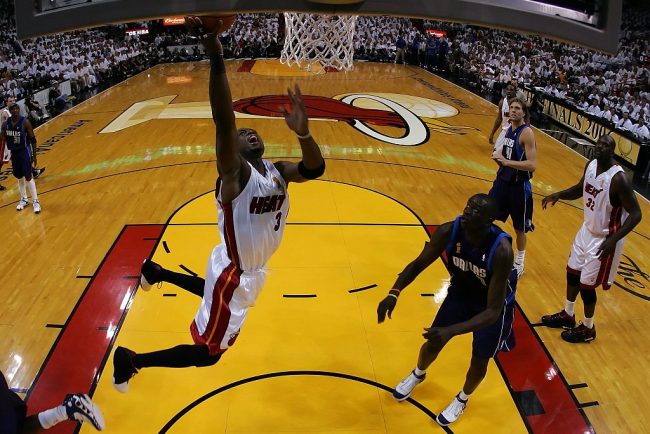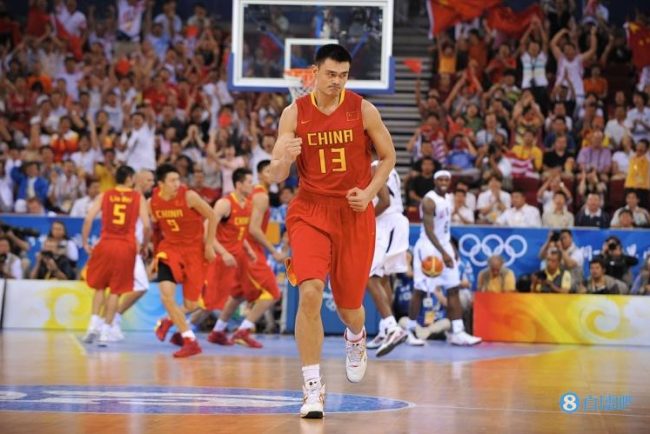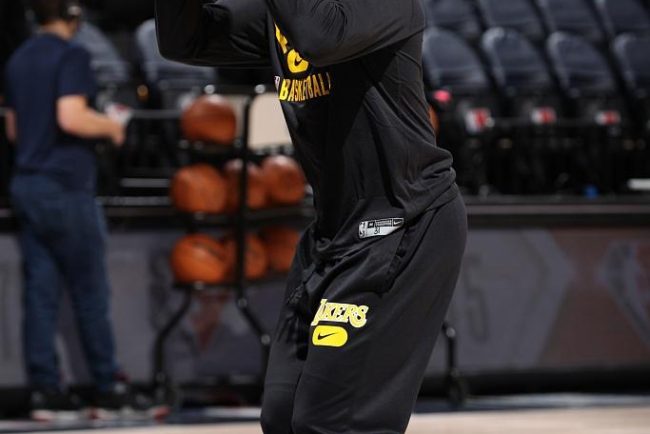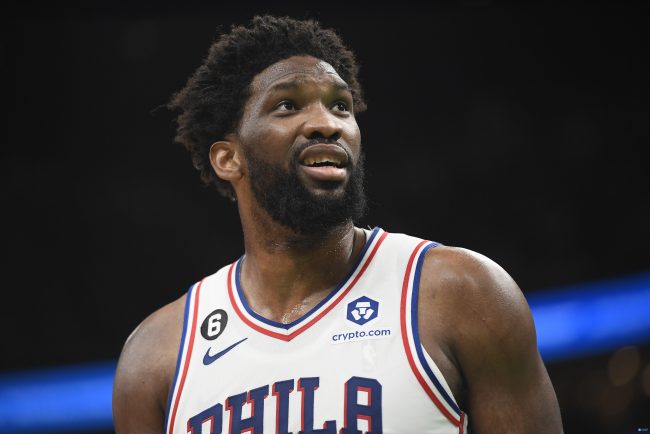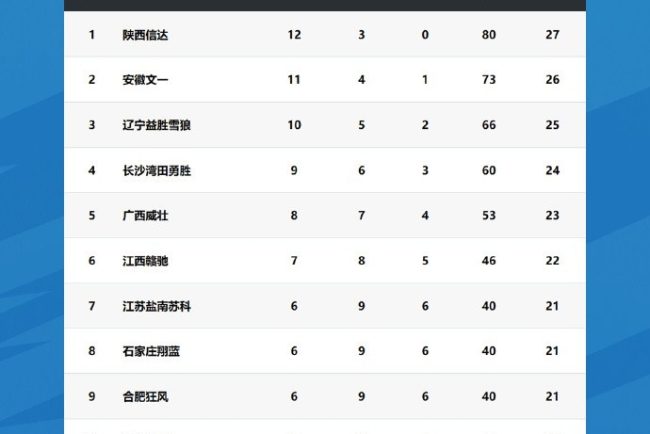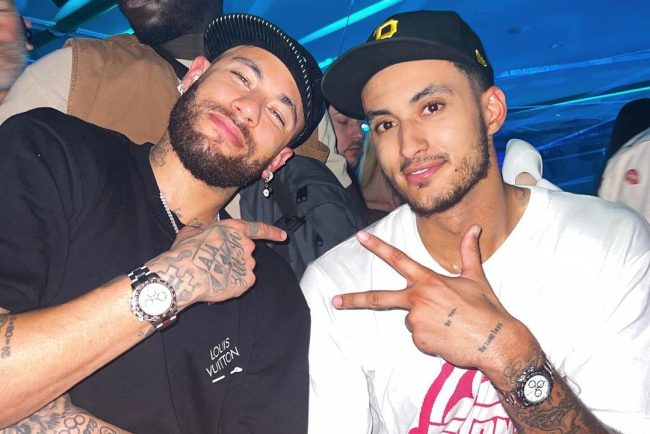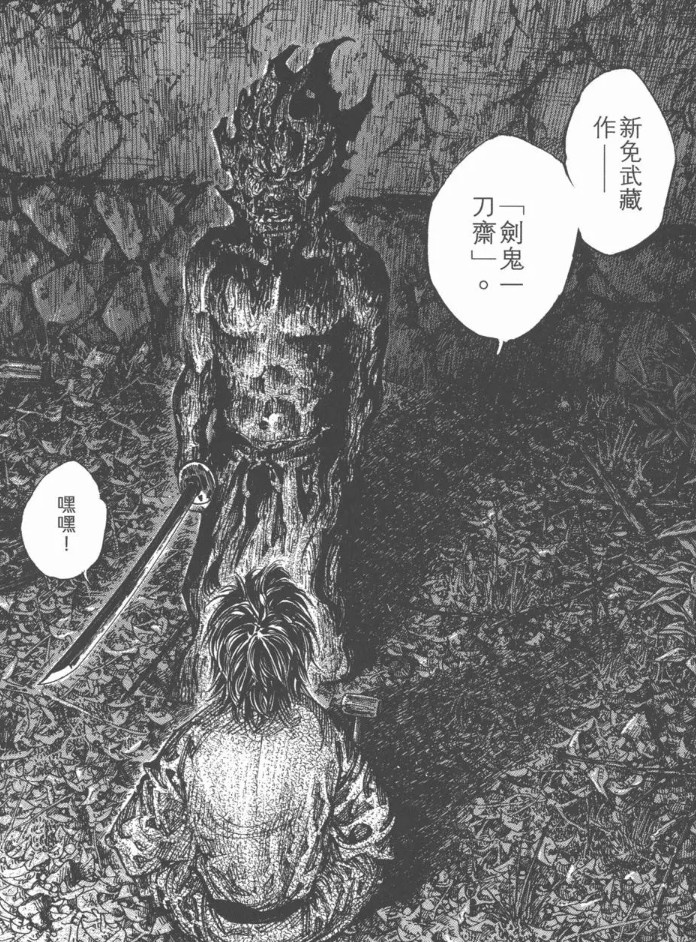
The two most important works of Takehiko Inoue are well known:
Slam dunk and vagabond.
The movie version of Slam Dunk, compared with the original work, mainly adds the inner play of two people:
Miyagi, zebei.
— Finally, the two men met in America.
— I saw a trace of vagabond.
The main line of Miyagi Movie Edition is parent-child psychology and self-exile. His memory and love for his brother, he and his mother from confrontation, entanglement to relief.
One key detail: In the movie, there is a private cave in Miyagi, which hides his ultimate opponent, a magazine with the King of the mountain, and the oath his brother discussed with him: defeat the King of the mountain.
Takehiko Inoue in Vagabond, he designed the demon of the protagonist Miyamoto Musashi: he was nervous with his father, and he also moved like Miyagi, “Is it better if I am not born”, he also exiled himself.
Moreover, in the later period of the cartoon, it was clearly stated that Musashi also had a private cave with his demons hidden in it. His ultimate rival in his fantasy: Jianhao ITO a knife.
Miyagi finally faced the Mountain King, defeated and relieved.
Musashi was reminded by Liu Sheng and Shi zhouzhai, and after experiencing the killing vortex, he collided face to face with a knife Zhai and was relieved.
The secret cave. The exile of parents and children. The spiral of emotion. Fight. Let go.
The movie version is the inner drama added by Miyagi, and the source is self-contained.

On the other side, zebei.
Everyone who has read vagabond remembers:
Yushun and zebei are basically the same face-similar to Musashi, it is Hanamichi Sakuragi face, and it is said that Qilang is a fish face, Jigang Qing Shilang is the face of Emperor Ichiro, and Kojiro is a bit like tuwu Chun……
The correspondence between zebei and Luo Shun is especially obvious.
What kind of person is zebei? After reading SD, I naturally understand:
The first person chosen by the author is the strongest player in all Japanese high schools.
But the real leader of the King of the mountain was the captain Shen Jin Yicheng and the center Hetian Yashi. This is not a matter of technical structure, but spiritual temperament.
Zebei has a keen eye, but he cried when he Tian beat him.
You can pass Rukawa Kaede points in an instant, and you will also be distracted by receive the ball mistakes.
SAKULAKI saw through that he couldn’t pass the ball and hit him boldly because “he has never lost.”
Because of the potential threat of SAKULAKI, he would choose not to go under the basket after breaking through and immediately stop and lose the shot.
The whole team, including the coach, was saying “He is also focused”, like this.
He is a one-on-one person who can take over and change the competition process by himself, but that’s all. At other times, it is not a decent youth.
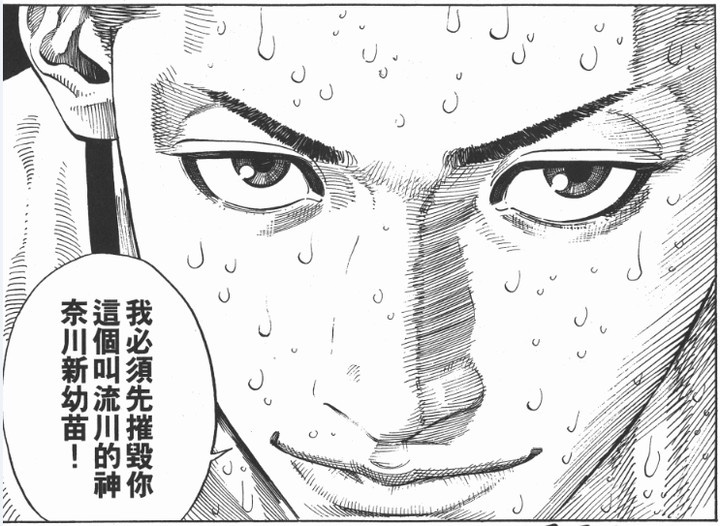
The plot trend of SLAM DUNK has always hidden Takehiko Inoue basketball values.
The protagonist Hanamichi Sakuragi is not a skilled guy, just a blue-collar player; Chimu is not a genius center, but resolute; Mitsui is not a perfect player, but persistent. Miyagi completely relies on intelligence and speed to make up for the height advantage. Rukawa Kaede realized at the last moment that the transformation could not be completed only by one-on-one. Inoue himself said in the interview that mingpeng industry did not win the championship in the end, because he did not think that the team relying on SEN’s broadness should win the championship.
The plot arranged that the self-centered, the boyish one-on-one winner of the national championship, zebei lost, and lost to the Liuchuan and Xiangbei who started to organize the whole team by passing the ball, which was also the truth.
The movie version of Slam Dunk added a plot not found in cartoons to zebei:
Before the war in northern Hunan, zebei went to the shrine to pray, hoping that fate would give him what he lacked so far.
After losing to northern Hunan, he realized that he got what his fate lacked by losing the North:
It is the so-called “failure experience” of the Tang Ben coach “.
In vagabond……
Yu Shun was set to be a genius, and his talent for shooting was unique. He could fight with the protagonist Miyamoto Musashi-just like zebei fighting with Rukawa Kaede.
But he lacked the actual combat of life and death, the failure, and the real experience of blood and fire.
Therefore, his master Yan Rong demanded that Wu Zang and Li Shun come to a dead battle to grow up completely.
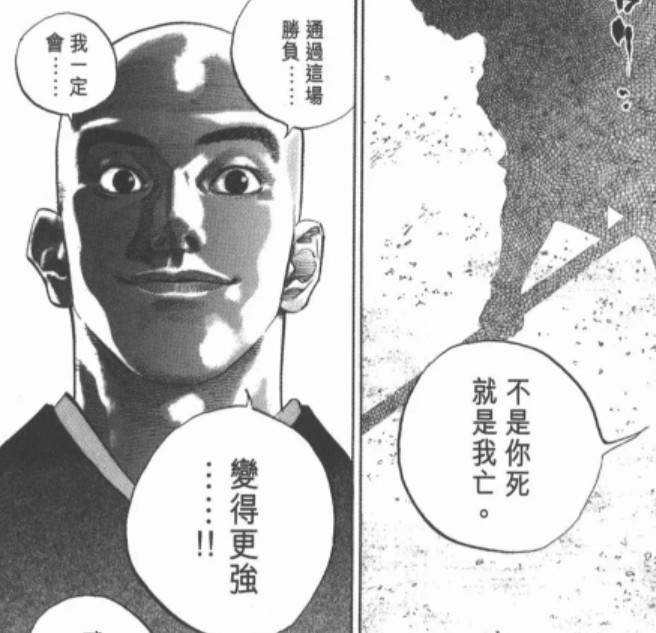
Yu Shun and Wu Zang lost after the war, but they gained the ultimate growth.
Zebei cried loudly after losing to Xiangbei in the movie, realizing that fate gave him what he lacked-the experience of failure.
They are still the same face without mentioning the above works.
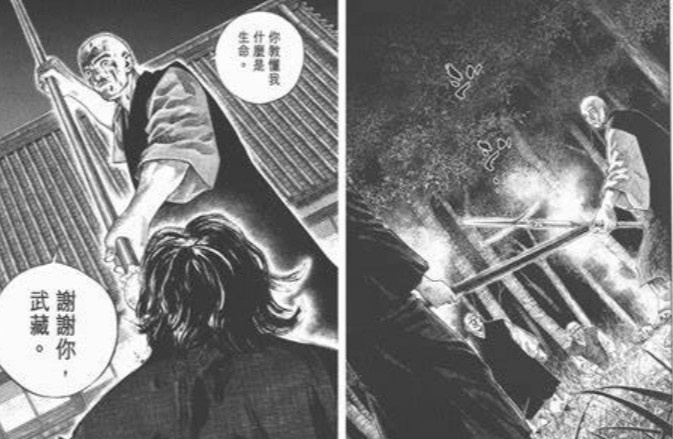
The tone of SD is generally team, blood and effort.
The keynote of vagabond is more growth, experience and reconciliation.
The SD movie version still tells the story of the former, just integrating some things from Vagabond: it cannot be said that this plate of dumplings was wrapped for this dish of vinegar, more like making SD this plate of dumplings, dipped in some vinegar from Vagabond.
Probably many people have a slightly strange view of the movie, which also comes from this.
No wonder.
Just a joke: in SD, the incarnation of Inoue is a precocious affair.
In vagabond, Inoue’s own incarnation is already the middle-aged monk ZAWA Zongpeng.
After all, although the moment when Hanamichi Sakuragi defeated the king of the mountain was forever frozen in the summer of the 1990’s, nearly 30 years have passed so far.
Takehiko Inoue now is almost more than twice the age when he finished painting SD.
 3 million a day?! Kuzma forwarded Neymar’s signing photo: Let me get some money too
3 million a day?! Kuzma forwarded Neymar’s signing photo: Let me get some money too Brother
Brother